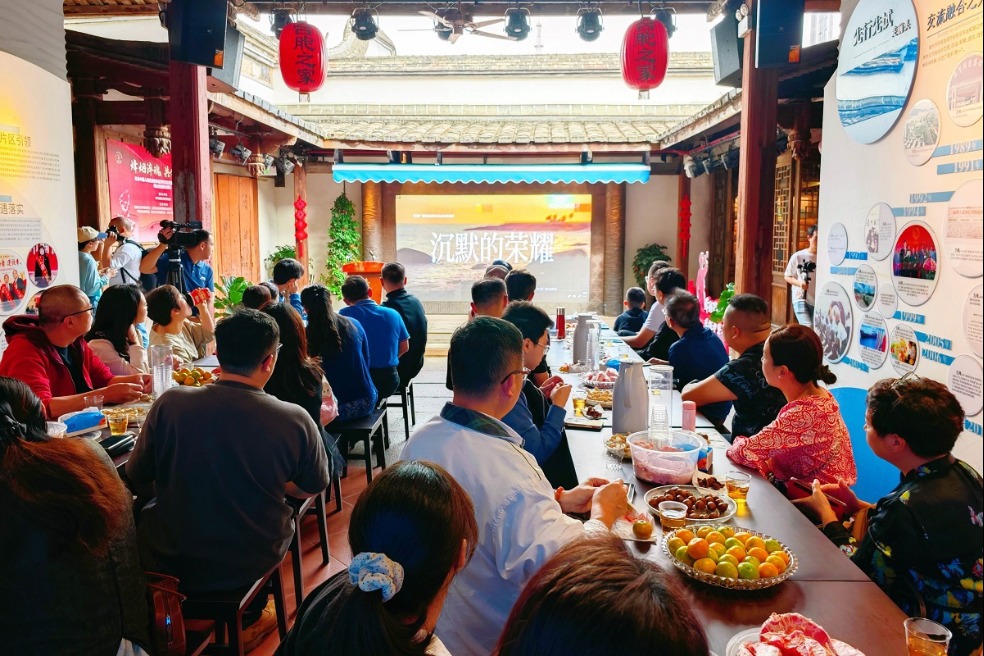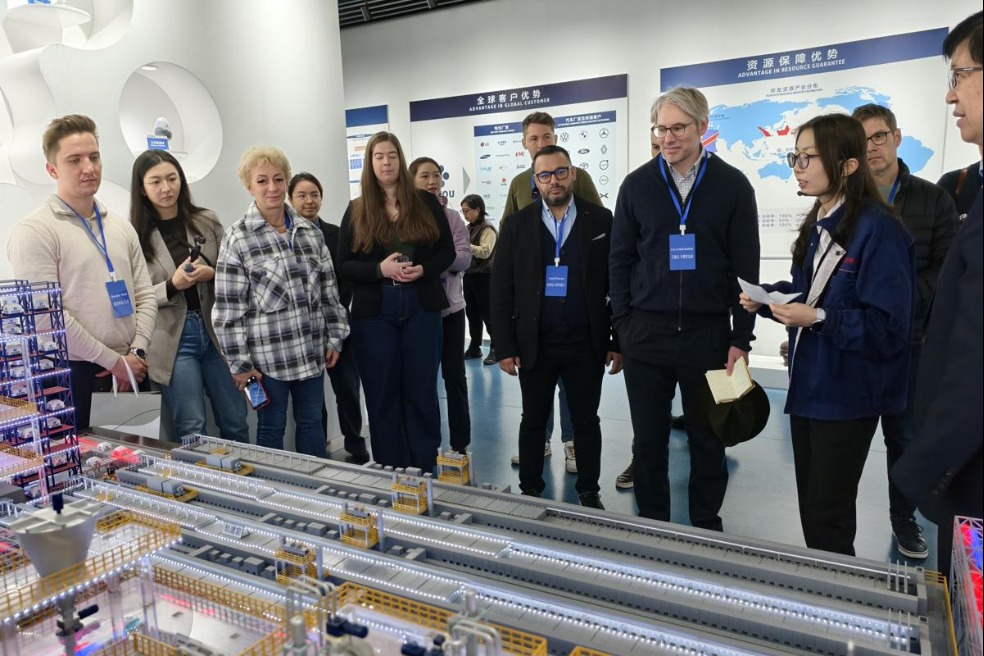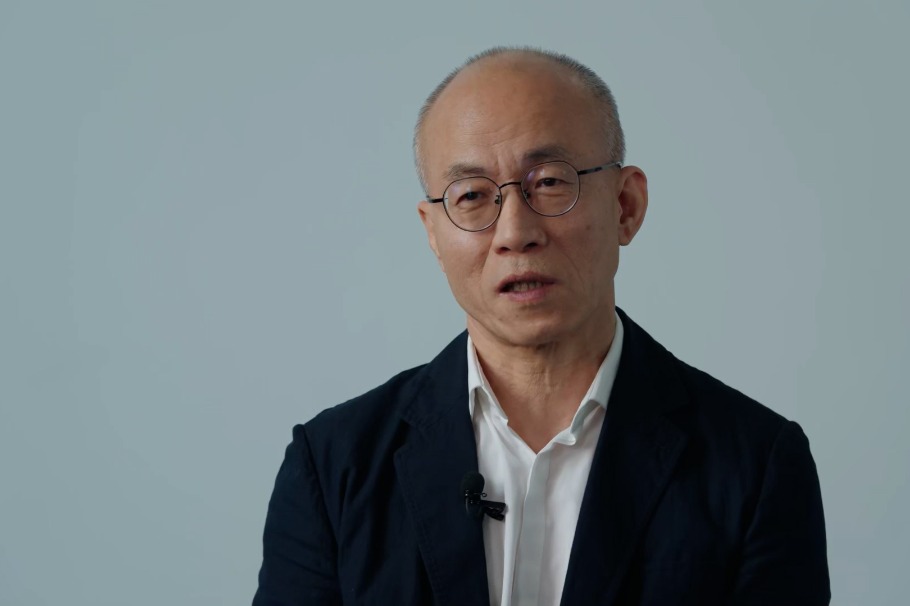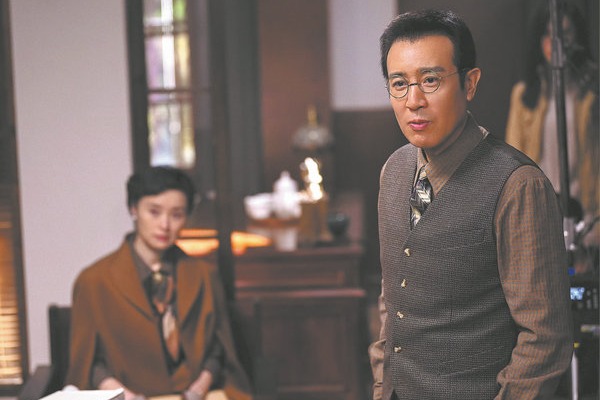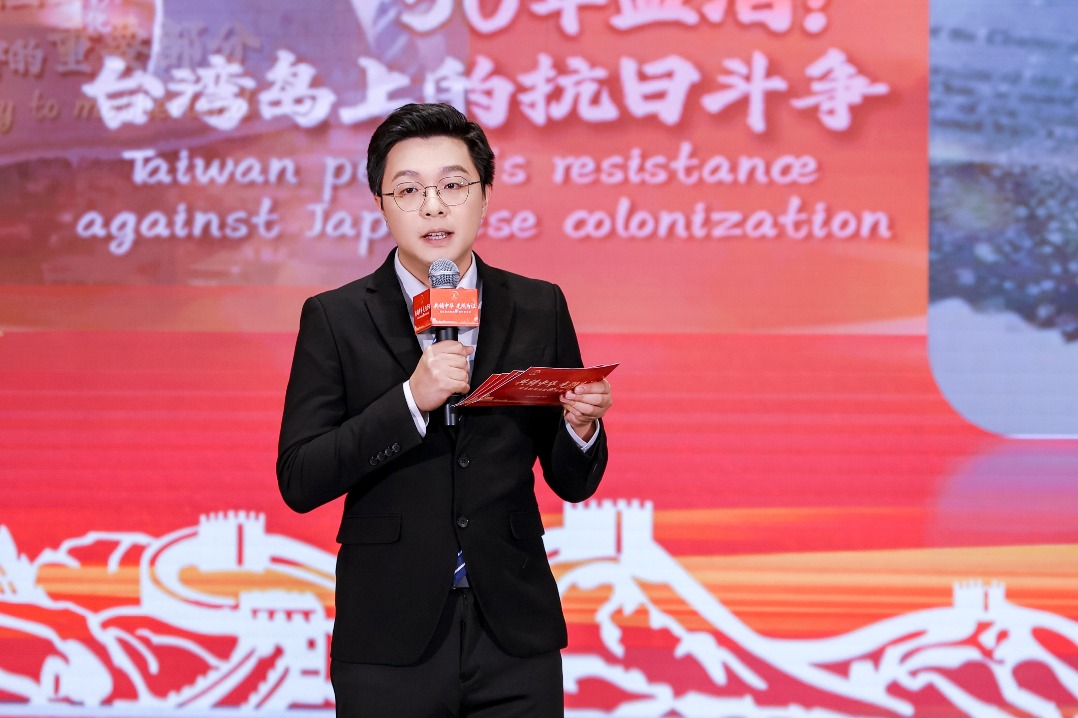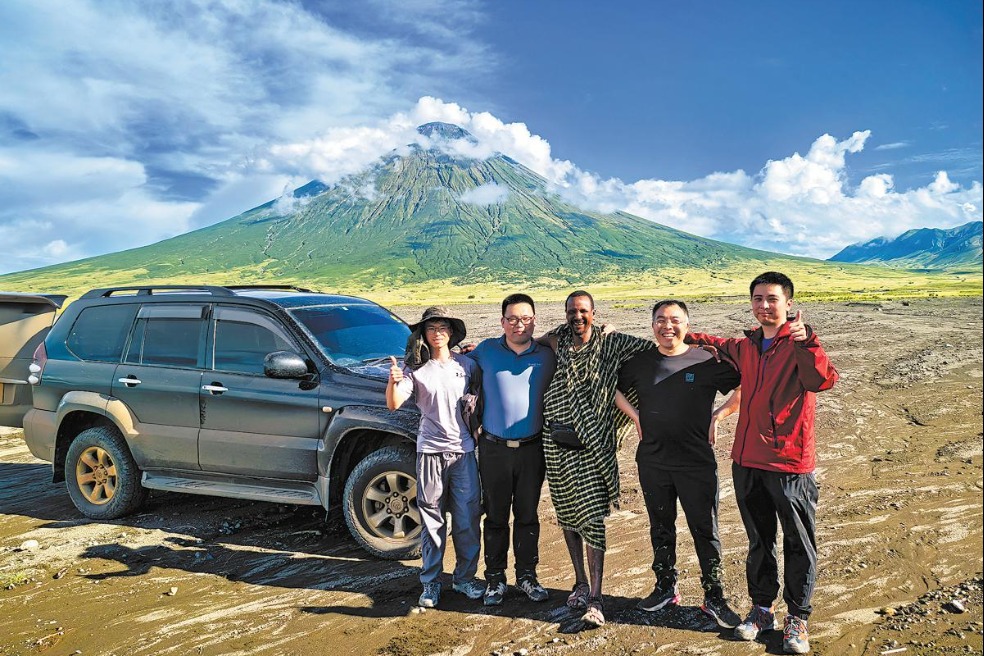Carpet weaving booming in Qinghai


Since he was 8 years old, Yang Yongliang has been learning to wash wool and twist it into lines, which are then made into carpet.
The wool comes from sheep and yaks in Xining, capital of Qinghai province, and is rather resilient, able to withstand abrasions after long use. The thick carpets made from the wool each take a month to complete by hand.
In 2006, the art of making Jiaya Tibetan carpet was included on the list of national-level intangible cultural heritage. Yang is an inheritor and has been teaching how to weave the carpets in one city after another, trying to encourage more people to take up the craft.
Producing Tibetan carpet, which is world famous, has for centuries been a necessity to help protect the Tibetan people against the bitterly cold weather on the Qinghai-Tibet Plateau. Now, such carpets grace homes across the globe.
According to the China Tibetan Carpet Association, last year alone, the total amount of Tibetan carpets produced in Qinghai exceeded 1.21 million square meters, worth 390 million yuan ($57.8 million).
With such a huge market, a large number of job opportunities have emerged for the locals. In Xining, Shengyuan Carpet makes products sold in over 40 countries and regions in Europe, North America and the Middle East.
Last year, the company's total production value was 42 million yuan. It recruited over 90 workers, each of whom could earn between 4,000 and 5,000 yuan a month.
While inspecting the company during his tour to Xining on June 7 last year, President Xi Jinping talked with company executives and Yang, who also works there as a consultant.
Xi said that Yang's craftsmanship is precious and encouraged him to pass it on to coming generations.
Li Yalin, vice-director of Qinghai's department of commerce, said that the Tibetan carpet industry is booming as it follows the path of professionalism, modernization and internationalization while entering the world stage to compete with global products.
But producing the Jiaya Tibetan carpet is not without challenges. One major problem, according to Yang, is that too few young people are willing to learn how to make it.
"The procedures of making one piece of carpet are rather complicated," Yang said.
"From selecting the wool to spinning, from dyeing to weaving, each step requires delicate work. It is common for a Jiaya Tibetan carpet maker to spend a whole day working without talking to anybody."
The exhausting work is unattractive to young people. Moreover, the flood of machine-woven carpets being sold at lower costs has dealt a heavy blow to traditional handiwork, Yang said.
Still, he remains hopeful. As an inheritor, he receives government funding that he has used to provide training courses. This year, he has taught two classes with dozens of apprentices.
- Staff members harvest apples in Xinjiang
- Macao's 3 exhibitions drive industrial development with over 140 deals
- Global warming reshapes extreme rainfall, snowfall across Northern Hemisphere: study
- China has world's most comprehensive maritime judicial system: report
- Jiangsu survey reveals strontium deposit
- 2 missing after bulk carrier sinks in South China

















